【印刷可能】 marbled murrelet 293458-Marbled murrelet diet
A seabird that's also a forest bird, the Marbled Murrelet fishes along the foggy Pacific Coast, then flies inland to nest in mossy oldgrowth trees Mottled in milkchocolate brown during the summer, adults change into stark black and white for winterMarbled Murrelet surveys follow specific protocol and surveyors are required to work independently during predawn hours in remote areas The work involves extensive offroad travel, tentbased camping, hiking offtrail in the dark, navigating forest terrain, and regular periods of inclement weatherMarbled murrelets (Brachyramphus marmoratus) are small seabirds that nest in oldgrowth forests and feed in the Pacific Ocean Murrelets need large areas of coastal and near coastal oldgrowth forest for nesting

Final Impact Statement On Marbled Murrelet Plan Issued Peninsula Daily News
Marbled murrelet diet
Marbled murrelet diet-Marbled Murrelets are pigeonsized seabirds that live along the Pacific coast of North America from California to Alaska Throughout most of its range, the marbled murrelet nests in mature forests within about 25 to 50 miles of the coast, and feeds in nearshore marine waters on small fish and invertebratesJonathon Valente will give a talk "Marbled Murrelets, the Enigma of the Pacific," in a free virtual event sponsored by the Yolo Audubon Society at 7 pm Wednesday, March 17 The marbled murrelet (Brachyramphus marmoratus) is a small seabird in the family Alcidae, with a range extending from



Mabel The Marbled Murrelet Donna Sharp Amazon Com Books
In 1974 at California's Big Basin Redwood State Park, the marbled murrelet — the "enigma of the Pacific" — won the distinction of being the last bird species in the United States to have its nesting site discovered This came on the heels of more than a century of searching by early ornithologists for the elusive murrelet "nest"Marbled Murrelets are sea birds that live along the Pacific Coast from central California to Alaska and nest in old growth forests Their nesting habits were the last of any bird in North America to be discoveredMarbled Murrelets (Brachyramphus marmoratus) are a small seabird that lives specifically in oldgrowth Coastal Redwood, ranging from central California up the west coast through Canada and into Alaska In the past couple of years the Marbled Murrelet population has been on the decline Scientists believe that the population decline is due to
A seabird that's also a forest bird, the Marbled Murrelet fishes along the foggy Pacific Coast, then flies inland to nest in mossy oldgrowth trees Mottled in milkchocolate brown during the summer, adults change into stark black and white for winterMarbled Murrelets are in the same family as auklets, puffins and murres All members of the Alcid family swim under water, propelling themselves with their wings, much like their Penguin counterparts in the southern hemisphere These birds have slender black bills, long, narrow wings and short tailsThe marbled murrelet is a small (25 cm), chunky auk with a slender black bill It has pointed wings and plumage that varies by season The nonbreeding plumage is typically white underneath with a black crown, nape, wings and back
Marbled Murrelet, Kenai Fjords, Alaska The lightcolored bill makes me think this is a recentlyfledged specimen Fully grown, this species measures just under 10 inches on average – small as seabirds go (July 22, 12)Marbled Murrelets (Brachyramphus marmoratus)are a species of concern for forest management in BC This seabird primarily nests in coastal oldgrowth forests using large branches for their nesting platforms The Marbled Murrelet is distributed along the entire coast of BC extending from Alaska to CaliforniaA closer look at the transmitter tag, compared to a US dime Photos Jaymi Heimbuch D ubbed "foglark" by Pacific Northwest loggers, the Marbled Murrelet has a complicated survival strategy



Marbled Murrelet Brachyramphus Marmoratus Birdnote



Marbled Murrelet Ltcs Olympic Peninsula Audubon Society
The species regularly raises two young (most auks raise only one);The US Fish and Wildlife Service has listed the marbled murrelet as a threatened species since 1992 DNR signed a Habitat Conservation Plan with the Fish and Wildlife Service in 1997 that contained an interim strategy for the marbled murrelet The Final Amendment adopted Tuesday will replace this interim strategyThe Marbled murrele t, a threatened seabird that nests in oldgrowth forests throughout the Pacific Northwest, is officially an endangered species in Oregon



Bird Lore Marbled Murrelet My Edmonds News
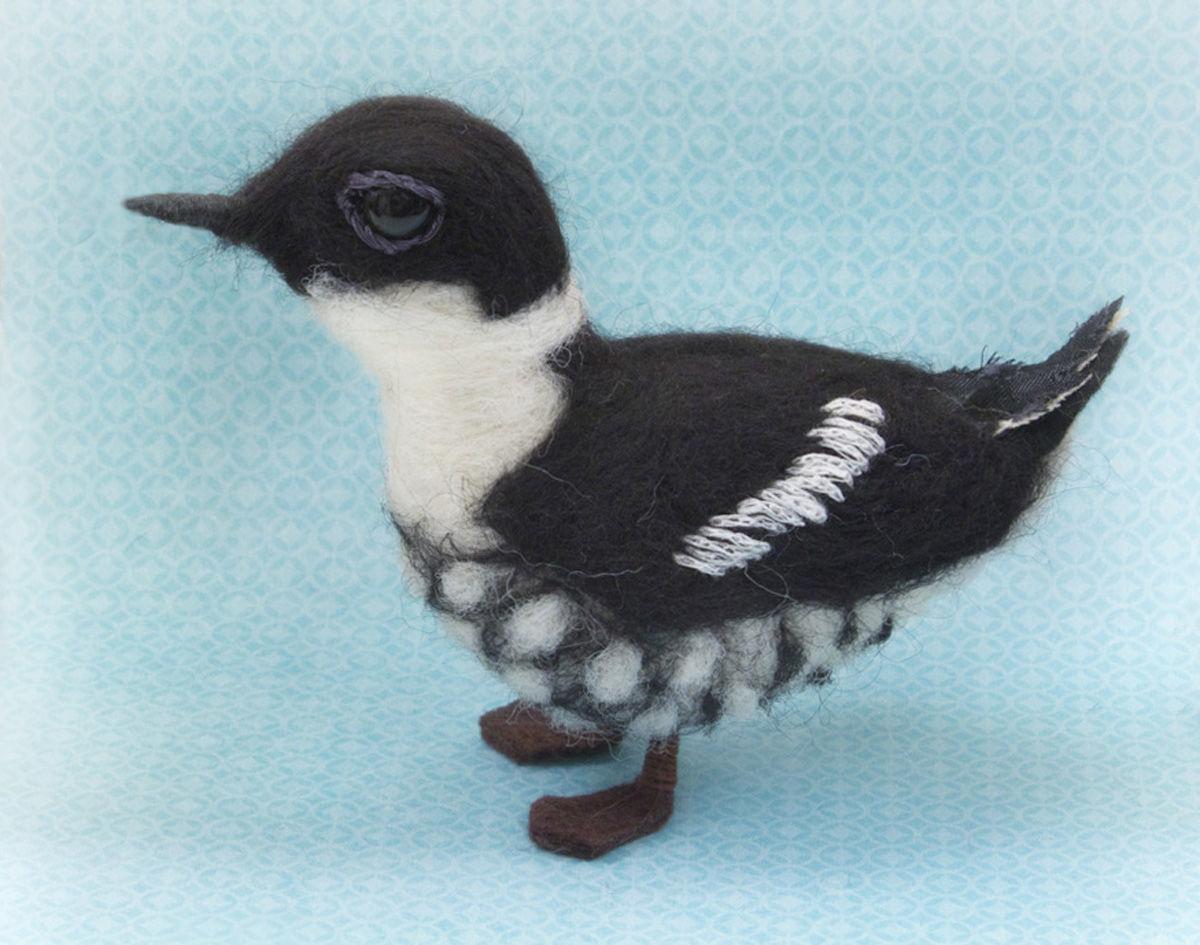


Odfw Commissioners Vote To Not List Marbled Murrelet As Endangered Local News Theworldlink Com
Oregon Marbled Murrelet Project Important Notice In light of recent public health concerns from the COvid19 virus, the Oregon Marbled Murrelet Project and the College of Forestry at Oregon State University have made the difficult decision to cancel the field season We look forward to resuming field research in May of 21Marbled Murrelets are small seabirds They are members of the same family as auks, puffins and murres In winter, they have black and white plumage and conspicuous white wing patches During the breeding season, they have mottledbrown plumage"Mabel the Marbled Murrelet", by Donna Sharp 93 likes This children's picture book is meant to highlight the current struggle of the threatened species, the marbled murrelet The book follows the
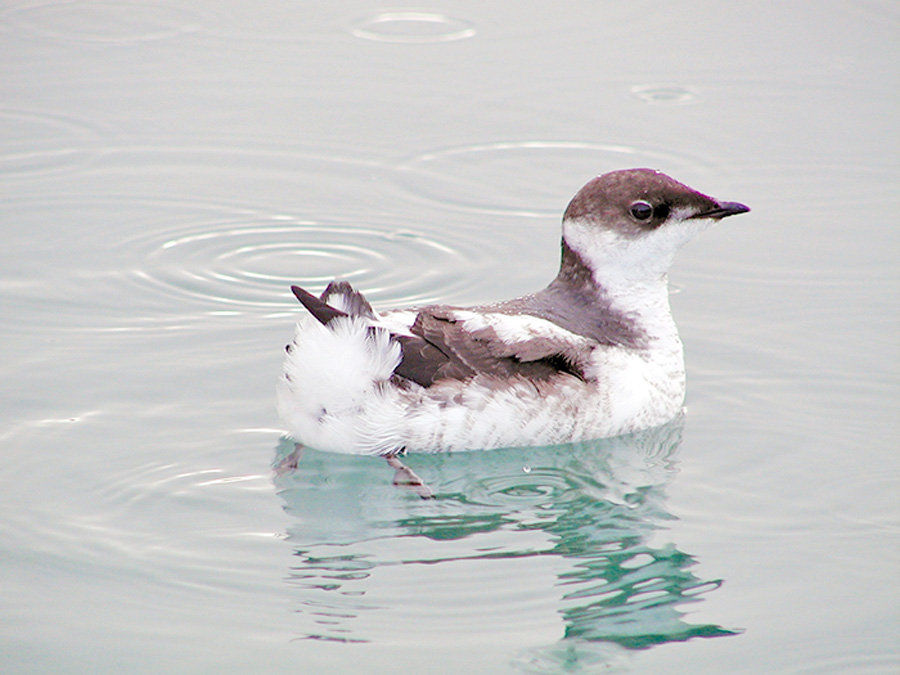


Marbled Murrelets Protected As Endangered Local News Dailyastorian Com



How To Save The Marbled Murrelet Conservationists Want More Habitat Protected In State Forests Knkx
The Marbled Murrelet (Brachyramphus marmoratus) is a pacific seabird whose secretive behavior patterns make it a curious organism to study Marbled Murrelets belong to a family (Alcidae) of birds that are generally characterized by their shorter tails and wings, and often having stocky bodiesMarbled murrelets nest in the canopy of the Northwest's coastal, oldgrowth forests, which puts them in the nexus of a longrunning battle between environmentalists and the timber industryThe Marbled murrelet, a threatened seabird that nests in old growth forests throughout the Pacific Northwest, is now officially an endangered species in Oregon



Marbled Murrelet Portland Audubon



Marbled Murrelet Strategy Criticized For Impact On Rural Areas Peninsula Daily News
Marbled murrelets nest in the canopy of the Northwest's coastal, oldgrowth forests, which puts them in the nexus of a longrunning battle between environmentalists and the timber industrySlightly darker cap and blotchy pale belly Nonbreeding birds are sharply patterned black, white, and grayThe US Fish and Wildlife Service has listed the marbled murrelet as a threatened species since 1992 DNR signed a Habitat Conservation Plan with the Fish and Wildlife Service in 1997 that contained an interim strategy for the marbled murrelet The Final Amendment adopted Tuesday will replace this interim strategy



The Marbled Murrelet My Olympic National Park



Seabird In The Forest The Mystery Of The Marbled Murrelet Dunning Joan Amazon Com Books
Lo and behold, the nesting habitat of marbled murrelets was finally discovered––coastal old growth coniferous forests of the Pacific Northwest With the discovery of a murrelet nest in a tree, a major evolutionary leap in seabird biology was revealed Most animals stick to a life style similar to other closely related speciesMarbled Murrelets occur in Asia around the Sea of Okhotsk, in Alaska, and along the Pacific coast of North America, as far south as northern California In North America, the normal range of the birds is within 70 km of salt water, west of the coastal mountains Biologists have roughly estimated the British Columbia population at 40 000 to 50 000The Marbled Murrelet (Brachyramphus marmoratus) is a small seabird listed as Threatened on Schedule 1 of the Species at Risk Act In Canada, Marbled Murrelets are found in coastal waters and adjacent inland oldgrowth forested areas along the Pacific Coast of British Columbia
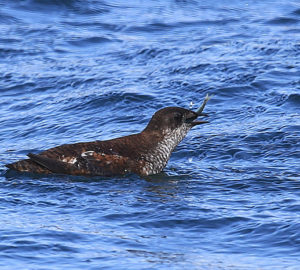


Marbled Murrelet Archives Save The Redwoods League
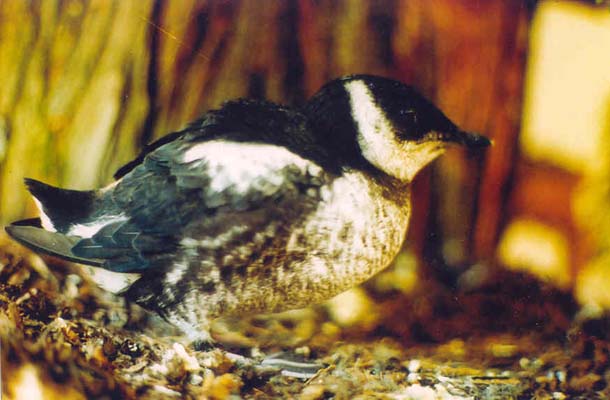


Marbled Murrelet
The marbled murrelet is a small, robinsized, diving seabird that feeds primarily on fish and invertebrates in nearshore marine waters It spends the majority of its time on the ocean, restingoosting and feeding, but comes inland up to 80 kilometers (50 miles) to nest in forest stands with old growth forest characteristicsTion and recovery of threatened species including the marbled murrelet (Brachyramphus marmoratus) Monitoring of murrelet populations and nesting habitat helps inform land managers of the effectiveness of the NWFP in meeting its goals and objectives A specific conservation goal of the NWFP is to stabilize and increase murrelet popFrom left A researcher holds a tagged Marbled Murrelet The entire process of working with the bird, capture to release, takes under an hour;



Ofwo Marbled Murrelet


Q Tbn And9gcs 7y4qi Jposf7tdqx2s8l7fmfidfoudxnuy0sc1jy2dex Yoh Usqp Cau
Small seabird that breeds in oldgrowth evergreen forests, sometimes far from the coast Often in small flocks on coastal waters, where it dives underwater searching for fish Breeding plumage is dark brown with few contrasting marks;The marbled murrelet population in Washington is low and declining Because of its breeding association with old forests, their populations have been severely affected by loss of mature and old forest habitat Food resources in the marine environment may also influence population statusThe marbled murrelet nesting season in Washington is defined as the period from April 1 to September 23 The US Fish and Wildlife Service (USFWS) bases its definition of marbled murrelet nesting habitat on the presence of potential nest platforms
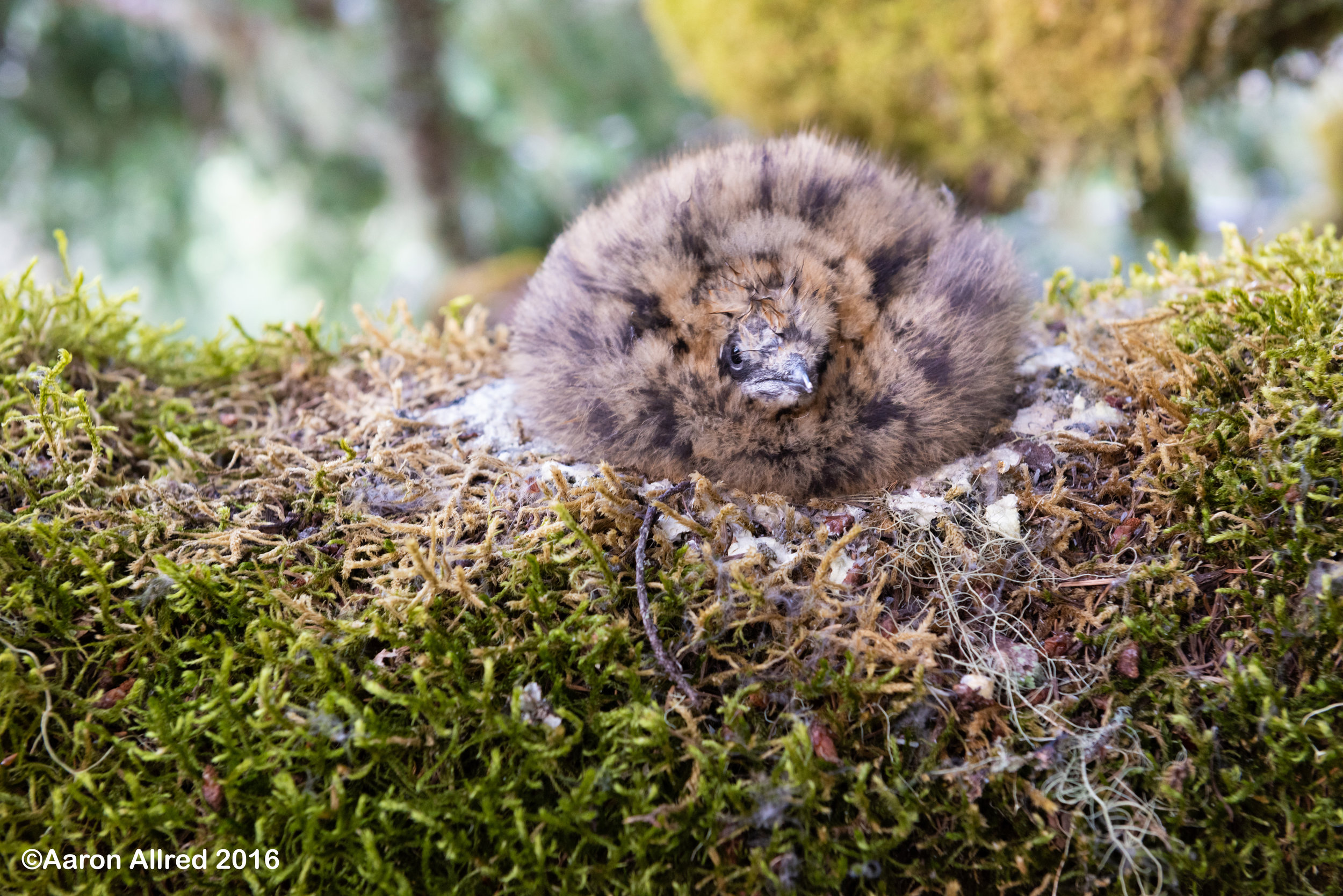


Marbled Murrelet Blog Maria Mudd Ruth



Marbled Murrelet Audubon Field Guide
Its subject is the marbled murrelet, a tiny seabird that nests in the ancient forests of the Pacific Northwest Once plentiful, these robinsized seabirds are endangered and almost extinct in the lower 48 statesFree shipping for many products!How Climate Change Will Reshape the Range of the Marbled Murrelet Audubon's scientists have used 140 million bird observations and sophisticated climate models to project how climate change will affect this bird's range in the future


Marbled Murrelet Species Profile Alaska Department Of Fish And Game



Minden Pictures Marbled Murrelet Brachyramphus Marmoratus Alaska
Elegantly marked, a diving bird of the northern Pacific Coast More agile in flight than most auks, able to take off directly from water, flocks often banking and turning in unison Breeding behavior unusual for a seabird Males "sing" at night from tree branches and other high perches at nesting colonies;The Marbled Murrelet is marvelously adapted to life amidst the emeraldgreen islands and cold, marine waters along the northwest coast of North America Marbled Murrelets depend on both marine and forest habitat Murrelets are general found in nearshore waters (within 3 miles from the coast) with nesting areas nearbyFind many great new & used options and get the best deals for Rare Bird Pursuing the Mystery of the Marbled Murrelet by Maria Mudd Ruth (05, Hardcover) at the best online prices at eBay!


Marbled Murrelet Nest Sites



Marbled Murrelet Identification All About Birds Cornell Lab Of Ornithology
Jonathon Valente will give a talk "Marbled Murrelets, the Enigma of the Pacific," in a free virtual event sponsored by the Yolo Audubon Society at 7 pm Wednesday, March 17 The marbled murrelet (Brachyramphus marmoratus) is a small seabird in the family Alcidae, with a range extending fromIt raises its youngThe marbled murrelet, a small seabird that nests in large conifer trees, is a federally 'threatened' species covered by the Washington State Department of Natural Resources' (DNR's) Trust Lands Habitat Conservation Plan (HCP)



Marbled Murrelet Oregon Conservation Strategy



Marbled Murrelet Survey Oregon Shores
Marbled Murrelets (and Kittlitz's Murrelets) are unusual among the alcids in that they molt to crypticbrown plumage during the breeding season In the nonbreeding season, they are gray and black mixed with white above with white bellies The top of the head is dark gray, and the bill is slenderElegantly marked, a diving bird of the northern Pacific Coast More agile in flight than most auks, able to take off directly from water, flocks often banking and turning in unison Breeding behavior unusual for a seabird Males "sing" at night from tree branches and other high perches at nesting colonies;Marbled Murrelets have declined across much of their range and currently are listed as threatened, primarily due to loss of their older forest nesting habitat Kim Nelson is working with colleagues to determine more about the drivers of population decline by catching birds at sea, attaching VHF transmitters, and tracking their inland and atsea
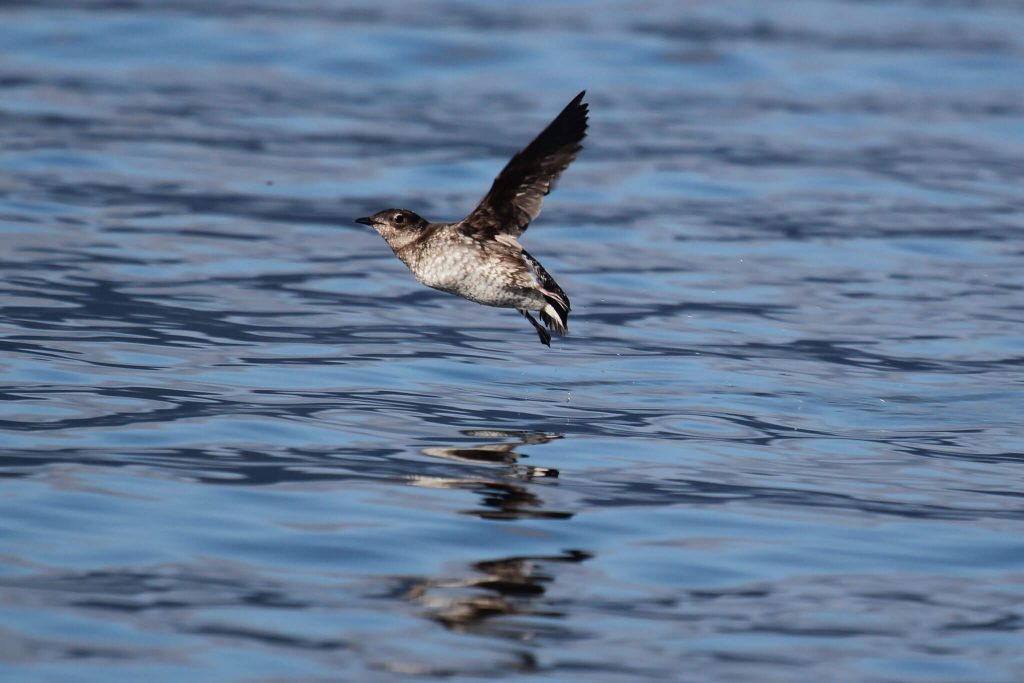


The Mysterious Marbled Murrelet Pacific Birds Habitat Joint Venture



Legal Victory For Marbled Murrelets In Oregon Cascadia Wildlands
Free shipping for many products!The US FWS's Threatened & Endangered Species System track information about listed species in the United StatesThe marbled murrelet is a small, chubby seabird that has a very short neck During the breeding season it has dark brown to blackish upperparts and a white belly and throat that are greatly mottled During the winter the upperparts become grey, dark marks form on the sides of the breast and a white ring develops around the eye


17 4 Marbled Murrelet The Art Of Larry Eifert


Bioegog Of Marbled Murrelet
The Marbled Murrelet (Brachyramphus marmoratus) is a small seabird that breeds along the Pacific Coast from Alaska to central California Marbled Murrelets spend most of their lives in marine waters and forage at sea on small fish and invertebrates Throughout much of their range, they fly inland for nesting in older forestsMarbled Murrelets appear to establish longterm pair bonds, which are initiated at sea in the early spring, and seem to be maintained throughout the year In March and April, Marbled Murrelet pairs appear in breeding areas, and most eggs are laid between April and July The female lays a single egg high in a tree, or infrequently, in a nest onThe species regularly raises two young (most auks raise only one);
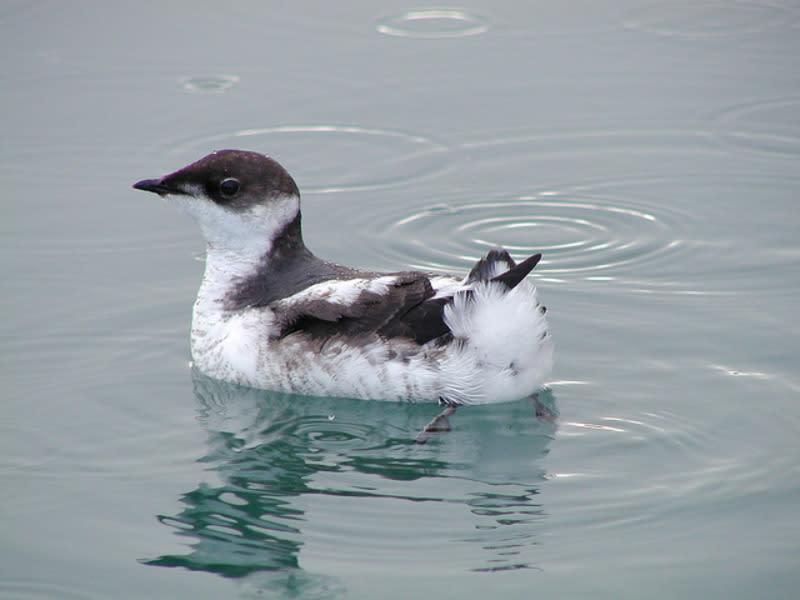


Oregon Elevates Threatened Marbled Murrelet To Endangered Status Opb
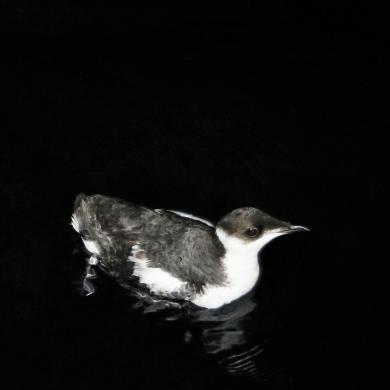


Marbled Murrelet Washington Department Of Fish Wildlife
It raises its youngOREGON MARBLED MURRELET PROJECT The OSU College of Forestry initiated a long term, comprehensive study in 15 to assess and understand murrelet habitat needs in relation to a number of forest management issues This cutting edge research applies new methods and technology to improve our understanding of murrelet nesting habitat requirementsT he marbled murrelet is a small Pacific seabird belonging to the family Alcidae They are fast fliers with rapid wingbeats and short wings Males and females have sootybrown upperparts with dark bars Underparts are light, mottled brown
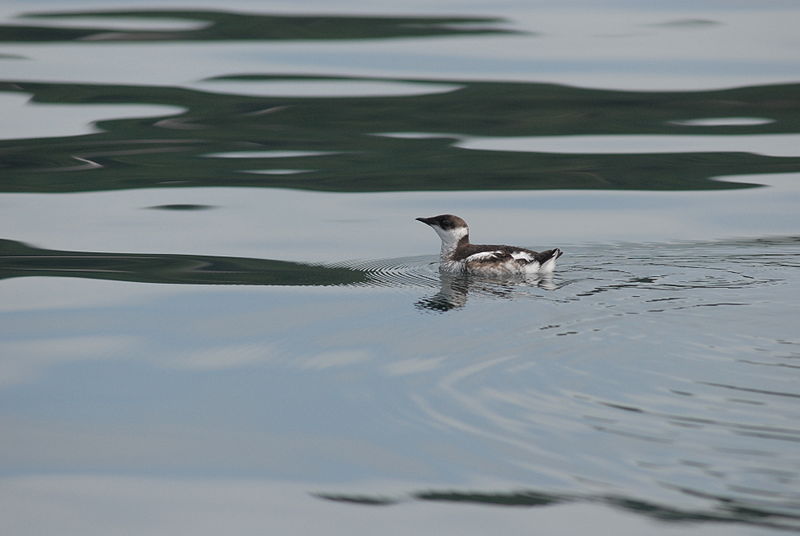


Marbled Murrelet Defended In Court Conservation Articles Blogs Cj



Tell Odfw Save Marbled Murrelets From Extinction Olcv
DIY NeedleFelt Kit Combo Marbled Murrelet Seabird, Spotted Owl or Woodpecker all supplies included BeginnerAdvanced Felters SuziesTeaRoom From shop SuziesTeaRoom 5 out of 5 stars (179) 179 reviews $ 3500 FREE shipping Favorite Add to Marbled coaster/trat set HailisBoldCreationsMarbled murrelets are closely related to puffins and murres, but unlike those birds, murrelets raise their young as much as 60 miles inland in mature forests Disturbance in either the ocean orFind many great new & used options and get the best deals for Rare Bird Pursuing the Mystery of the Marbled Murrelet by Maria Mudd Ruth (05, Hardcover) at the best online prices at eBay!
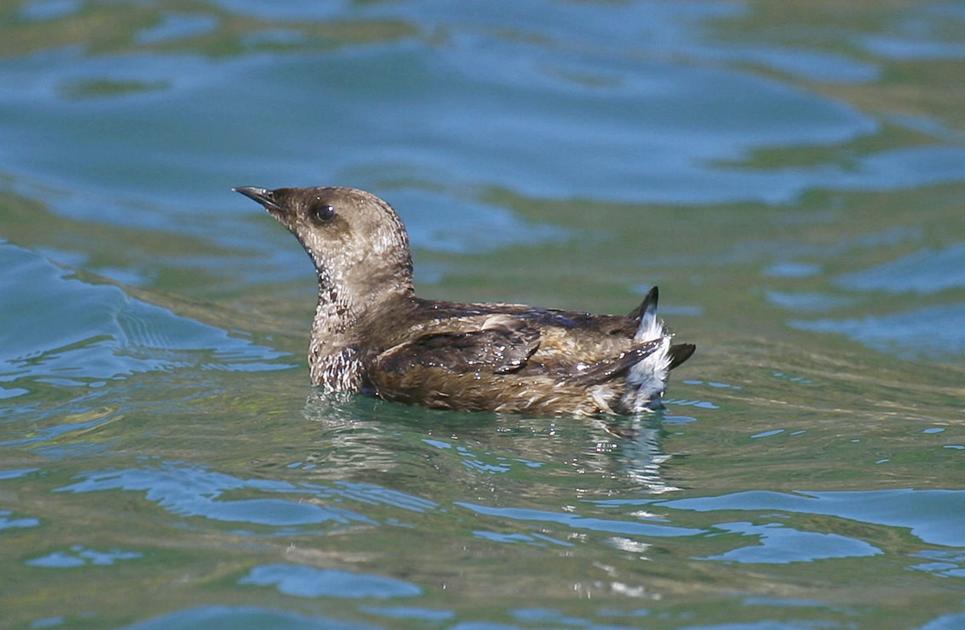


State Releases Plan For Protecting The Marbled Murrelet Local News Goskagit Com



Marbled Murrelet Brachyramphus Marmoratus Encyclopedia Of Puget Sound
The marbled murrelet, a small seabird that nests in large conifer trees, is a federally 'threatened' species covered by the Washington State Department of Natural Resources' (DNR's) Trust Lands Habitat Conservation Plan (HCP)



Fledgling Marbled Murrelet Reaches The Sea Unconventionally Bird Ally X



New Carissa Marbled Murrelet Restoration New Carissa Oil Spill



Marbled Murrelet Los Padres Forestwatch



Murrelet Bird Britannica
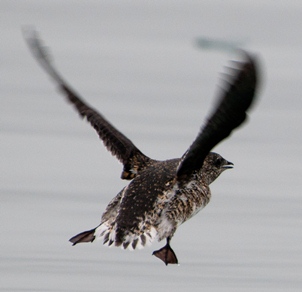


Marbled Murrelet Kenai Fjords National Park U S National Park Service


Saving The Marbled Murrelet With Vomit Soper Wheeler Company Soper Wheeler Company



Conservation Plan For Native Seabird Moves Forward Kirkland Reporter
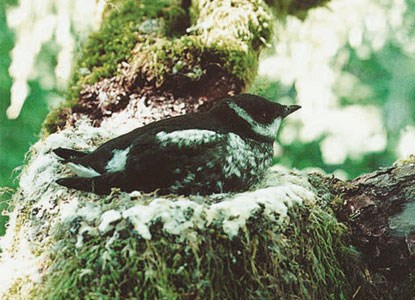


Marbled Murrelet Redwood National And State Parks U S National Park Service



Wafwo Marbled Murrelet



Final Impact Statement On Marbled Murrelet Plan Issued Peninsula Daily News



Events Archive Yachats Oregon Hotels Events Things To Do


Ending The Murrelet Malaise Murrelet Malaise High Country News Know The West



What Is The Future Of Washington State S Forests Endangered Marbled Murrelet Seabird Caught In Fight The Seattle Times



North Coast Marbled Murrelet Status Update Nec



Washington State Agency Issues Long Term Conservation Plan For Marbled Murrelet The Seattle Times


Marbled Murrelet Oregon Shore Birds



Species Spotlight Marbled Murrelet



Good News For Marbled Murrelets Coasst S Blog Has Moved



The Surprising Place Marbled Murrelets Nest And How It Could Doom Them Audubon
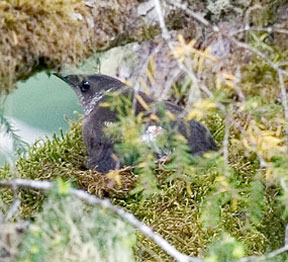


Coasst Features Marbled Murrelet
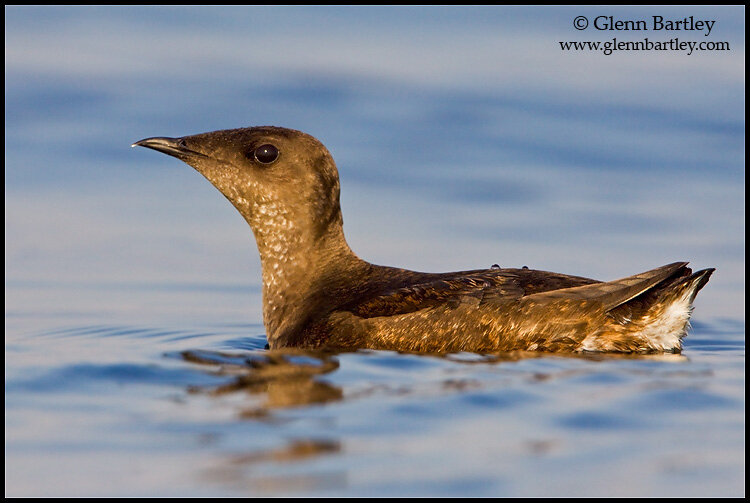


The Marbled Murrelet Flagship Species Of Our Old Growth Forests The Santa Cruz Mountains Bioregional Council Scmbc



The Marbled Murrelet And The Perils Of Selective Science By Defenders Of Wildlife Wild Without End Medium



Marbled Murrelet
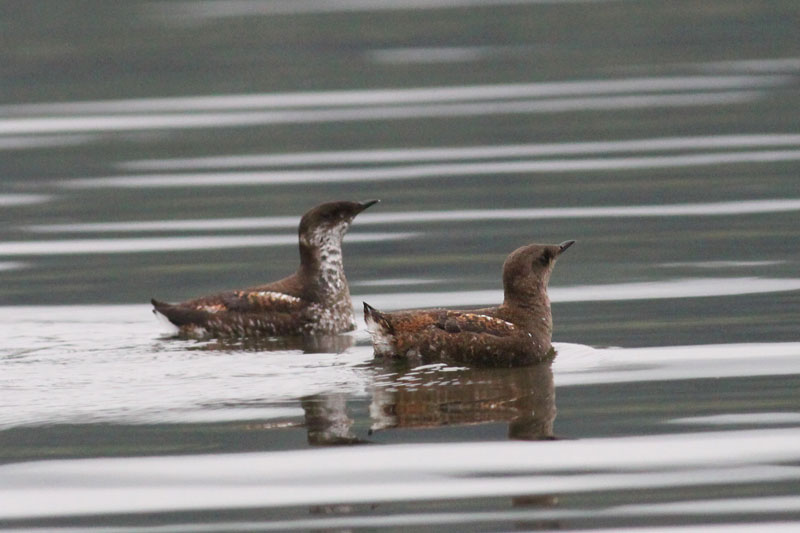


Hinterland Who S Who Marbled Murrelet



Marbled Murrelet Conservation Northwest



Marbled Murrelet Ebird
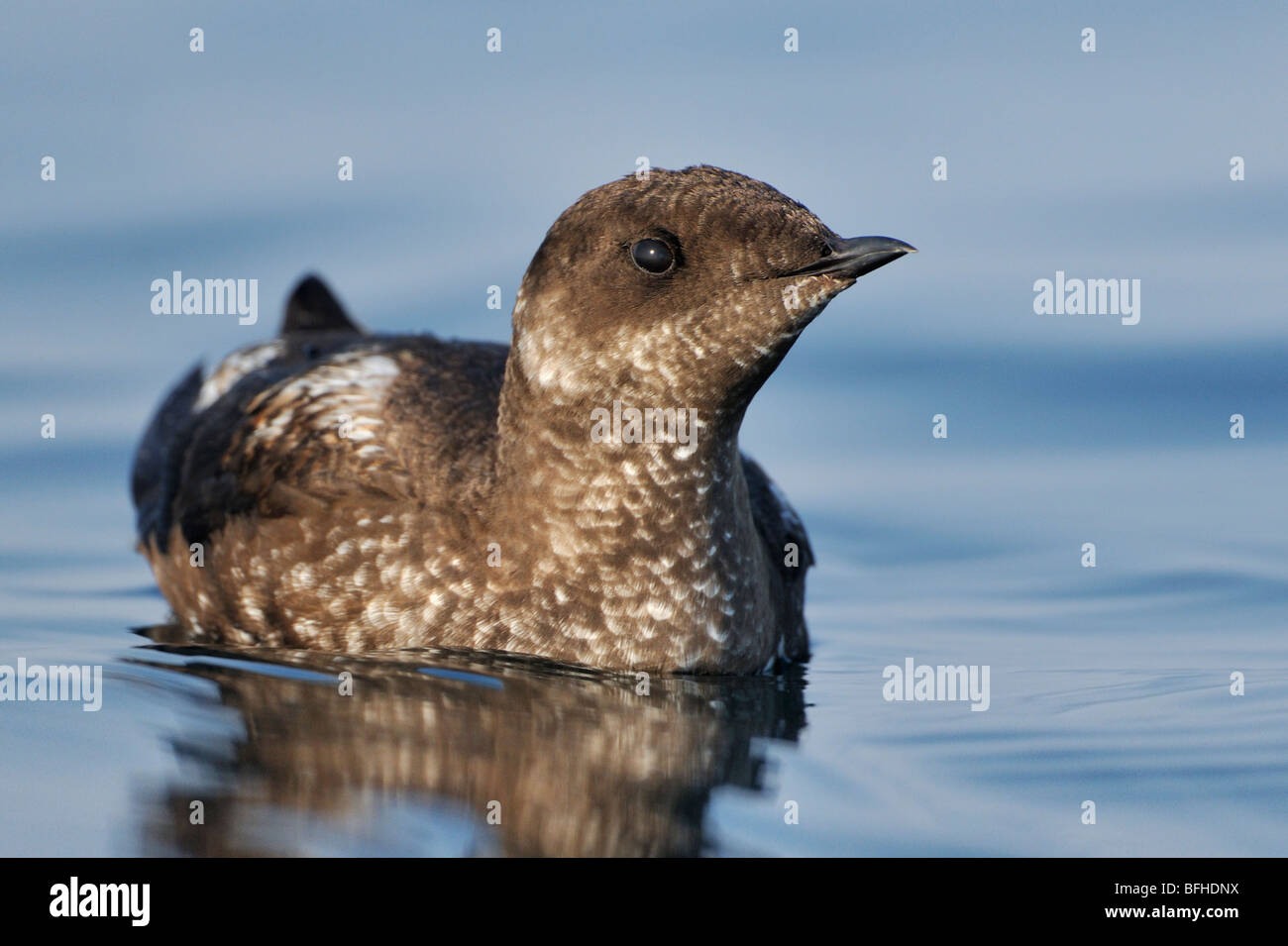


Marbled Murrelet Brachyramphus Marmoratus In Breeding Plumage Off Stock Photo Alamy



Marbled Murrelet Audubon Field Guide


Marbled Murrelet Officially Listed As Endangered Species In Oregon Oregonlive Com


Q Tbn And9gcrwidwt44jwzmyenje7j47scwqlq426h7wv106ochqxu14kz46k Usqp Cau
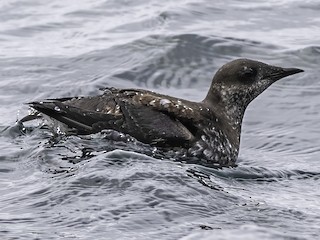


Marbled Murrelet Brachyramphus Marmoratus Birds Of The World
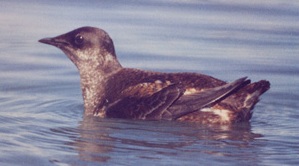


The Opportunities For And Challenges Of Saving The Marbled Murrelet Open Case Studies



It Won T Be Easy To Save The Marbled Murrelet Crosscut


Life Cycle Of Marbled Murrelets Black Hills Audubon Society



Marbled Murrelet Identification All About Birds Cornell Lab Of Ornithology



Marbled Murrelet Flying Ancient Animals Bird



Marbled Murrelet Photos Photographs Pictures
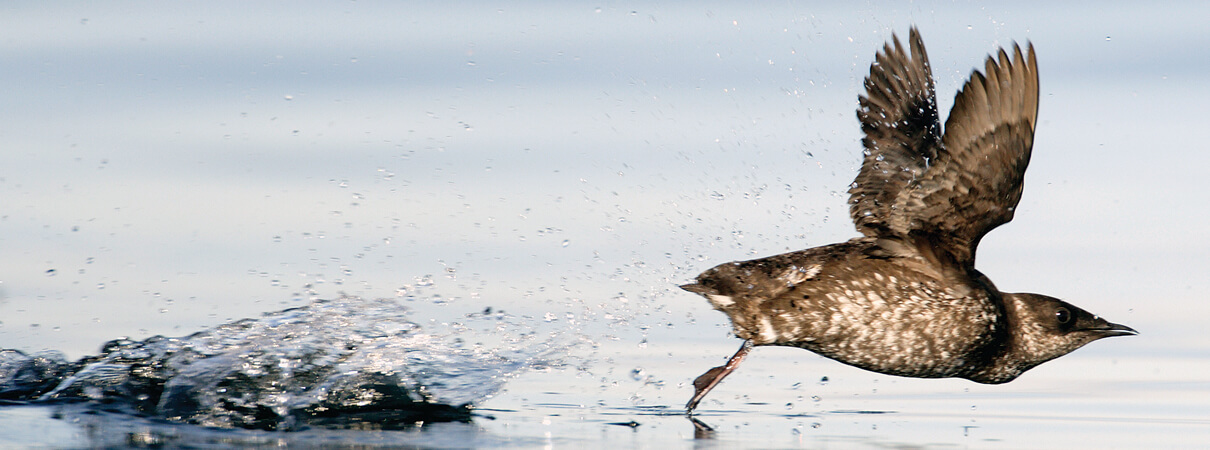


Researchers Turn A Concerned Eye To The Mysterious Marbled Murrelet



The Unsolved Mystery Of The Marbled Murrelet Hakai Magazine



Marbled Murrelet Ebird



Marbled Murrelets Exxon Valdez Oil Spill Trustee Council
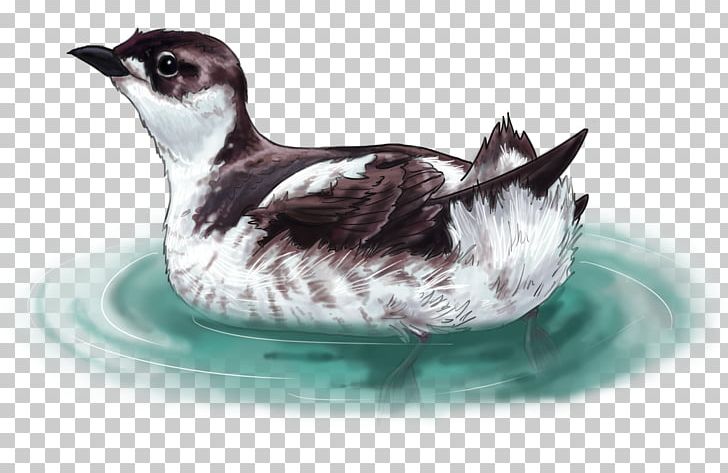


Bird Marbled Murrelet Drawing Ancient Murrelet Png Clipart Ancient Murrelet Animal Animals Beak Bird Free Png
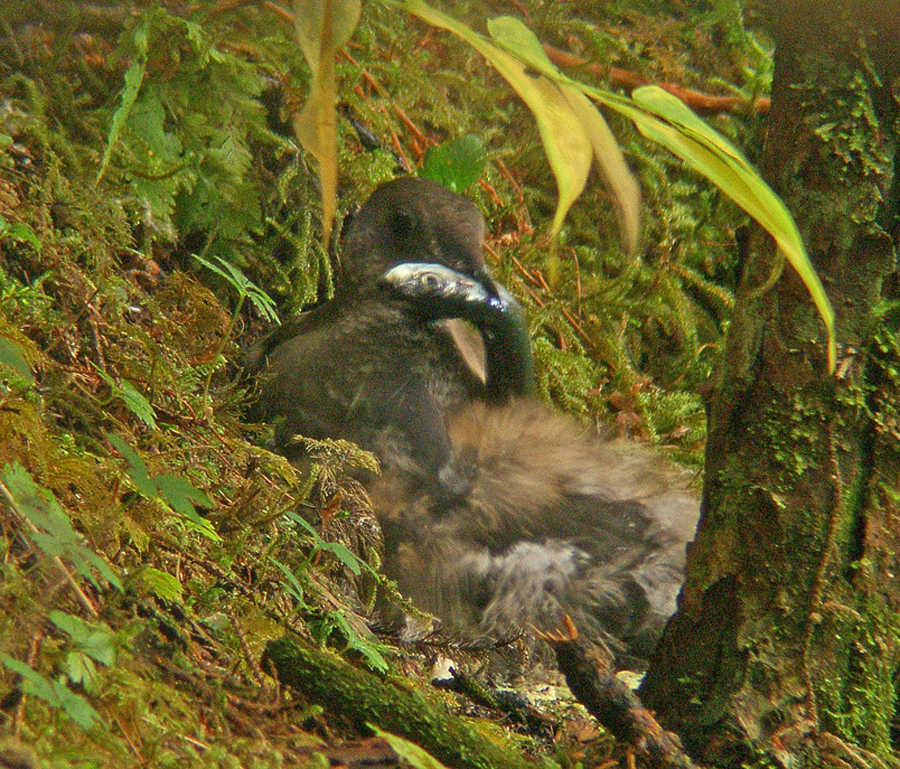


On The Trails Murrelets Juneau Empire


Home From The Sea Terra Research Oregon State University



Mabel The Marbled Murrelet Donna Sharp Amazon Com Books


Marbled Murrelet Printout Enchantedlearning Com
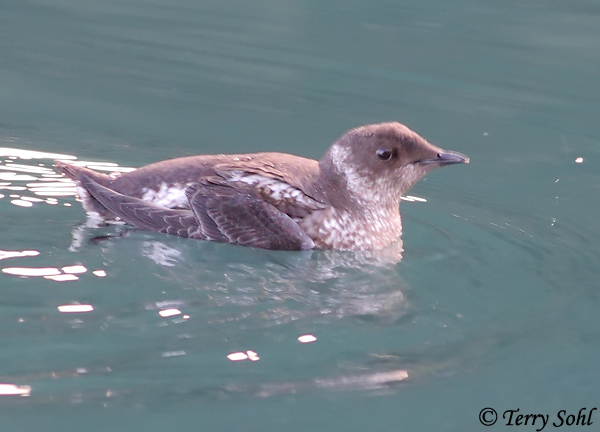


Marbled Murrelet Species Information And Photos
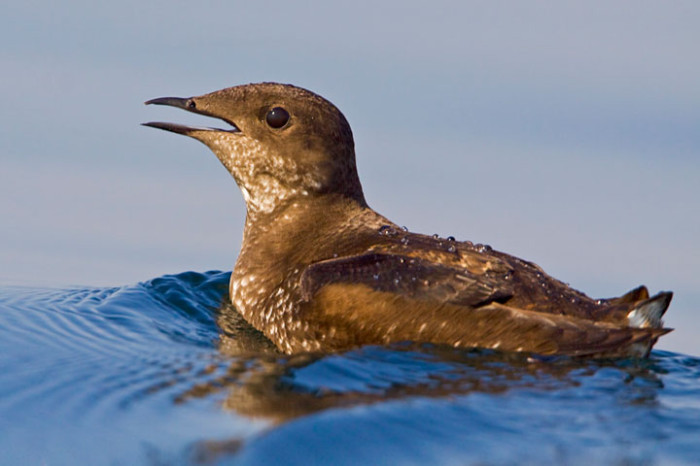


New Protections For The Mysterious Marbled Murrelet Save The Redwoods League
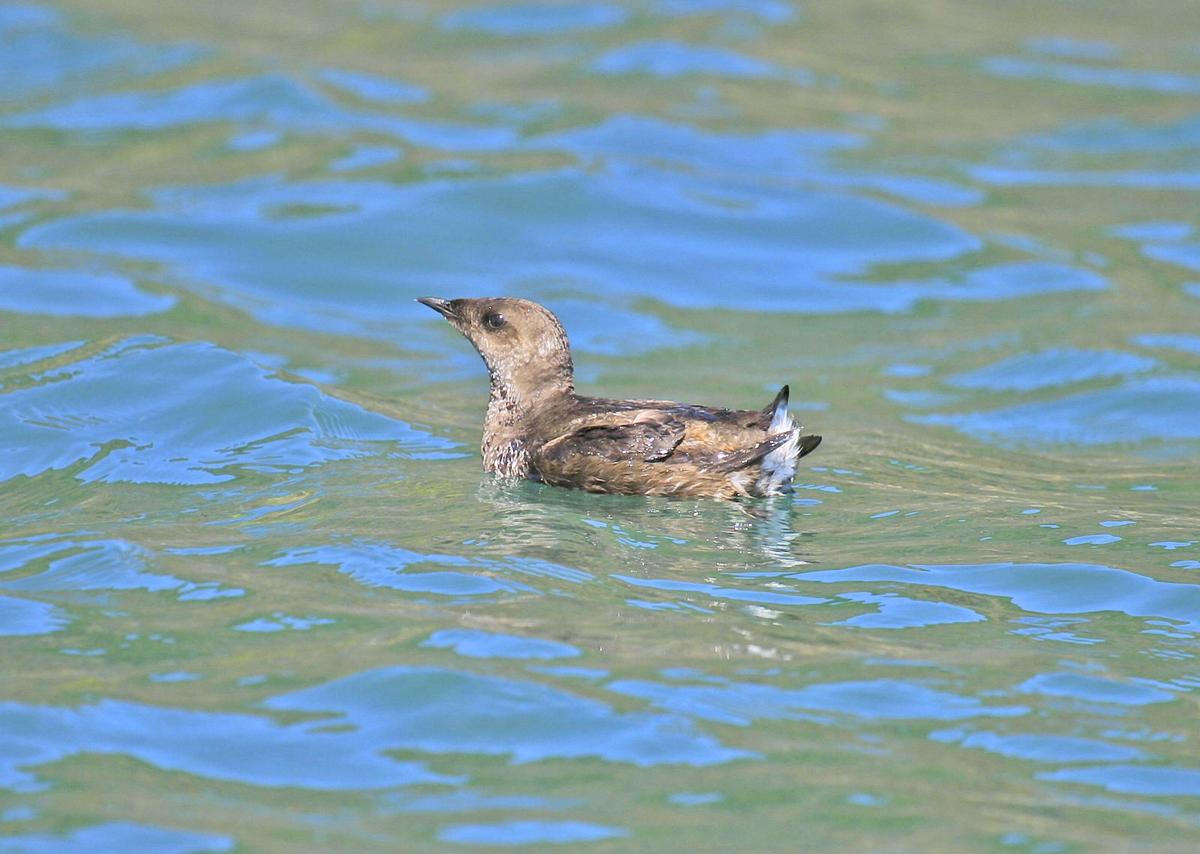


New Murrelet Plan Opens 100 000 Acres To Logging South County News Chinookobserver Com



Ecofriendly Marbled Murrelet



Marbled Murrelet Los Padres Forestwatch


Celebrating The 40th Anniversary Of The Endangered Species Act Marbled Murrelet Threatened Lane County Audubon
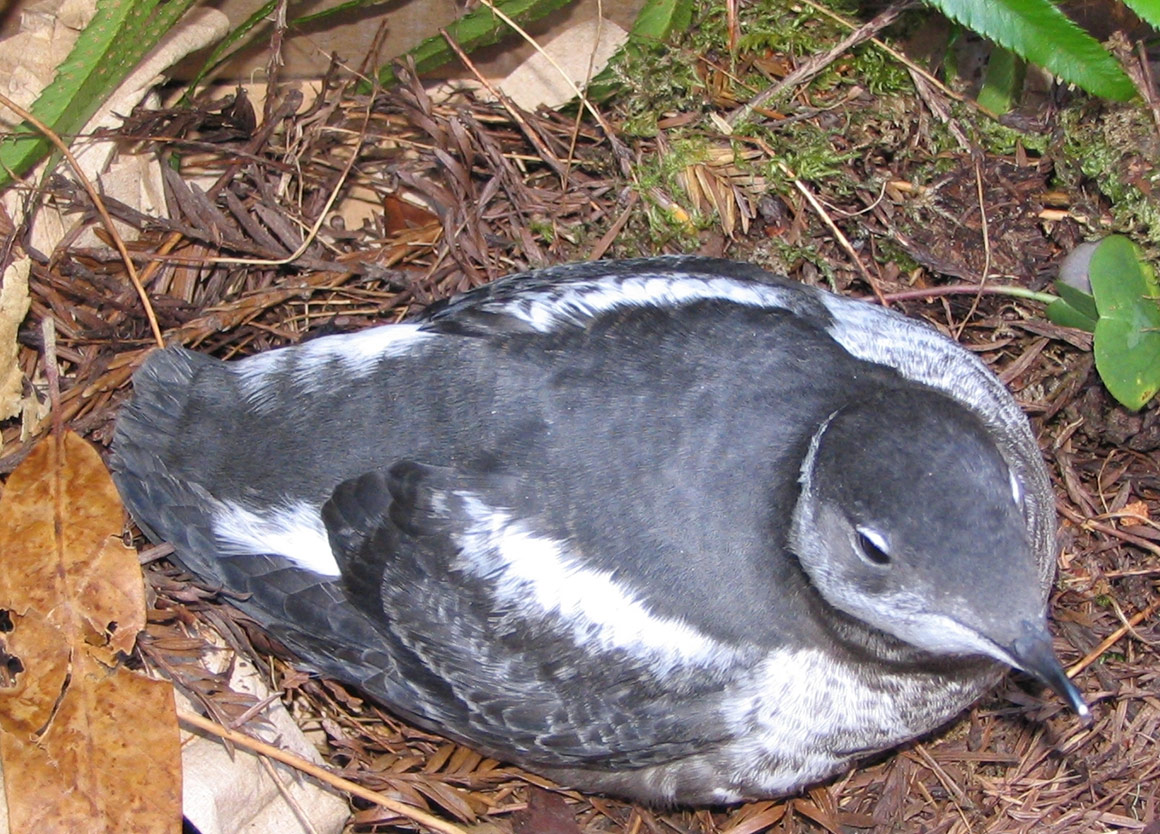


Social Science Research Improves Visitor Education Program To Conserve Threatened Marbled Murrelets Nabci



Marbled Murrelet Brachyramphus Marmoratus Birds Of The World



Birds Of Chignik Marbled Murrelet Seabird Of Moss Nests And Old Growth Forests Cutterlight



Marbled Murrelet Identify Whatbird Com
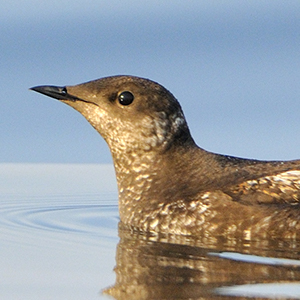


Marbled Murrelet Wildlife And Wild Lands



Listening For Marbled Murrelets Post



Marbled Murrelet Wikipedia



Marbled Murrelet Identification All About Birds Cornell Lab Of Ornithology
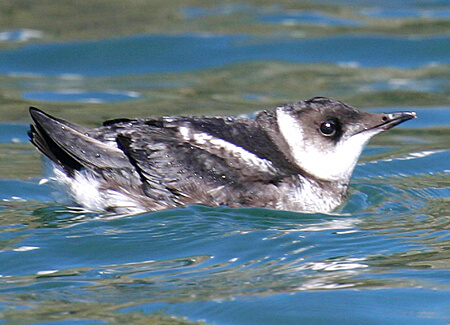


Marbled Murrelet American Bird Conservancy



The Unsolved Mystery Of The Marbled Murrelet Hakai Magazine


Q Tbn And9gcs0d5kmz4eierh2pwfu W2jbedrhj Sikbzxnqtmsan09sppajy Usqp Cau


Misperceptions About Marbled Murrelets Maria Mudd Ruth



Marbled Murrelet Whatbird Com


Q Tbn And9gcq6wwhgwnroyxejownmte2skoymdd Cnzdm4r8iewgoec25srgf Usqp Cau



Juvenile Marbled Murrelet
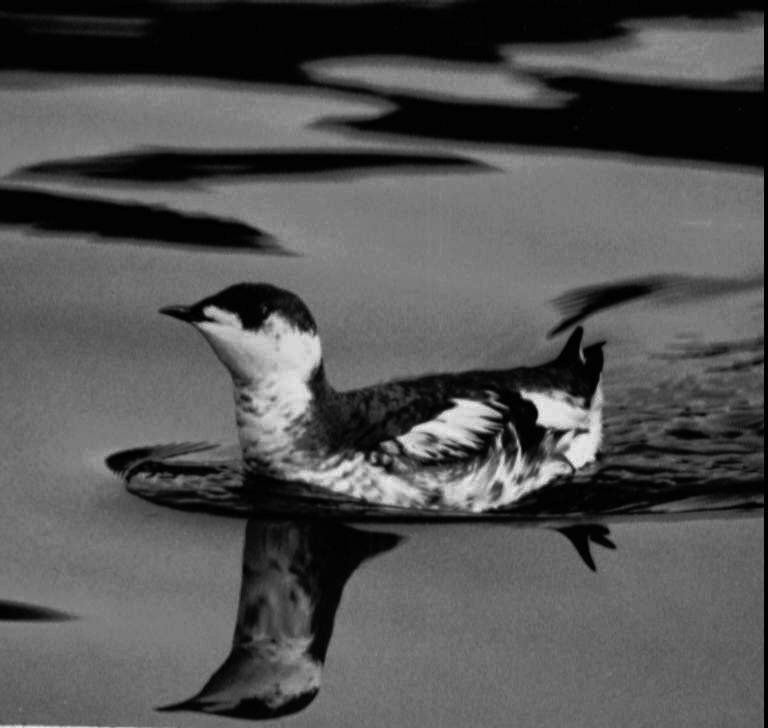


State Releases Proposal For Protecting Marbled Murrelet Local Tdn Com


Status Of The Marbled Murrelet Conservation Strategy Black Hills Audubon Society



Marbled Murrelet A Cute Little Alcid That Nests In Old Growth Trees Marine Bird Sea Birds Bird Nest



Dcsimg We Have Archived This Page And Will Not Be Updating It You Can Use It For Research Or Reference To Access The Current Site Visit Current Site We Have Archived This Page And Will Not Be Updating It You Can Use It For Research Or Reference To Access


Marbled Murrelet Brachyramphus Marmoratus Biodiversity Of The Central Coast


コメント
コメントを投稿